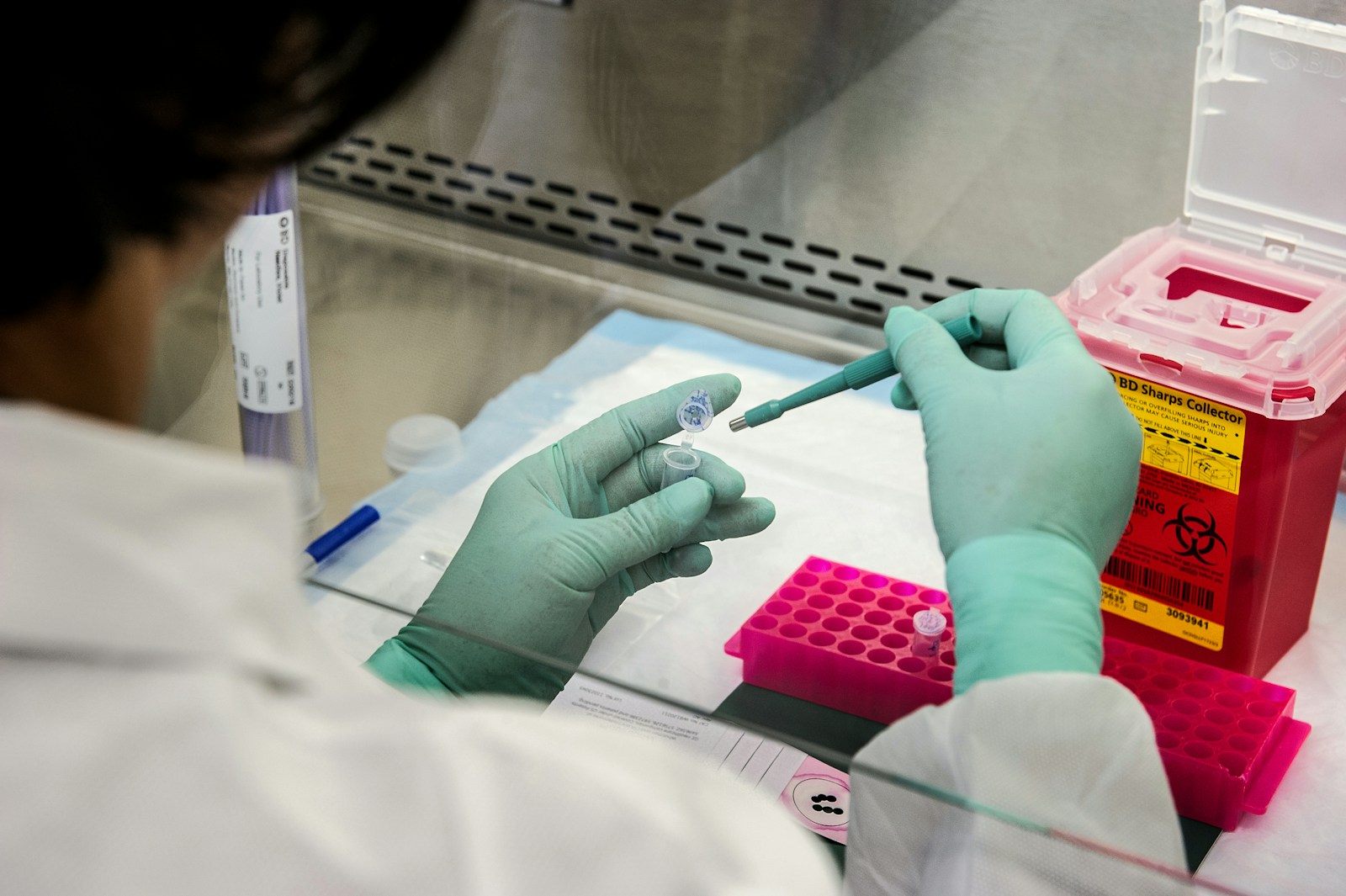Scientists have engineered a groundbreaking hybrid of DNA and RNA that zeroes in on cancer cells, slashing tumor size by 70% in trials—without harming healthy tissue.
Key Points at a Glance:
- A synthetic molecule dubbed D-RNA merges DNA’s stability with RNA’s precision to target cancer-specific proteins.
- In mouse studies, D-RNA reduced tumor volume by 70% in two weeks, outperforming conventional chemotherapy.
- The molecule triggers apoptosis (cell death) exclusively in cancer cells by disrupting their metabolic signaling.
- Human trials are slated for 2026, with potential applications in breast, lung, and pancreatic cancers.
In a landmark study, researchers at the University of California San Diego (UCSD) have blurred the lines between DNA and RNA to create a cancer-fighting hybrid. D-RNA, a molecule engineered to exploit the weaknesses of malignant cells, has demonstrated startling efficacy in preclinical trials—offering hope for therapies that bypass the brutal side effects of current treatments.
“Cancer cells have a unique ‘fingerprint’ of surface proteins,” explains Dr. Jane Liu, lead author of the study published in Science Advances. “D-RNA binds to these markers like a magnet, delivering a kill signal that healthy cells ignore.”
How D-RNA Outsmarts Cancer
Traditional chemotherapy attacks all rapidly dividing cells, damaging healthy tissue. D-RNA, by contrast, combines DNA’s durable structure with RNA’s ability to interfere with gene expression. Once injected, it:
- Identifies cancer cells via protein markers like EGFR and HER2.
- Penetrates the cell membrane using a peptide “key” derived from HIV.
- Activates a self-destruct sequence by blocking survivin, a protein that prevents apoptosis.
In trials with metastatic breast cancer mice, D-RNA shrank tumors by 70% within 14 days—compared to 40% for standard chemo—while sparing organs like the liver and kidneys.
The Precision Advantage
Current immunotherapies like CAR-T require extracting and modifying a patient’s cells. D-RNA works off-the-shelf, cutting costs and preparation time. Its modular design allows quick customization for different cancers. “Swap the targeting protein, and you have a new therapy,” says Liu. “It’s like Lego for oncology.”
From Lab to Clinic: The 2026 Human Trial
Pending FDA approval, Phase I trials will enroll 50 patients with treatment-resistant solid tumors. Researchers will test safety, optimal dosing, and efficacy against biomarkers. Early manufacturing partnerships aim to scale production if trials succeed.
Beyond Cancer: A Platform for Other Diseases
The team envisions adapting D-RNA to combat autoimmune disorders and viral infections. “The same principle applies,” notes Liu. “Target the culprit cells, leave the rest intact.”
